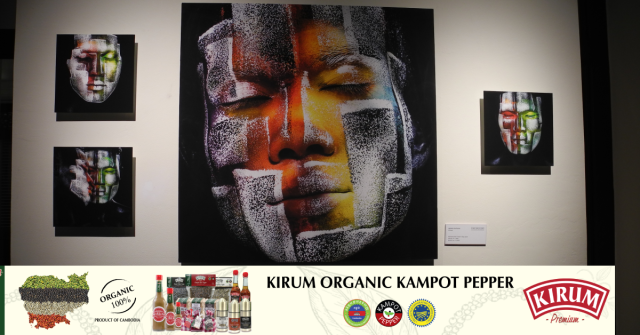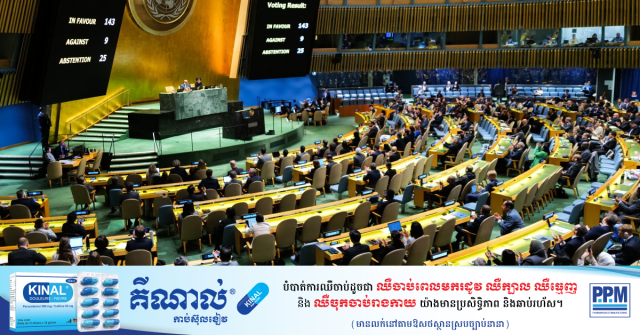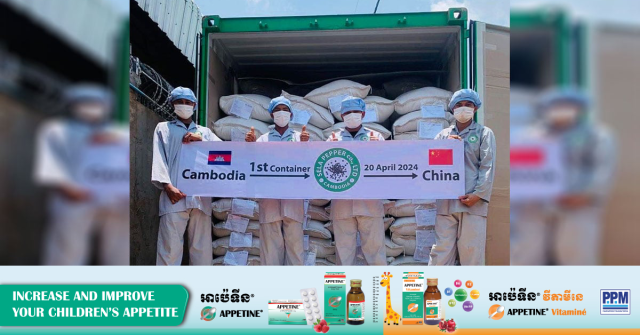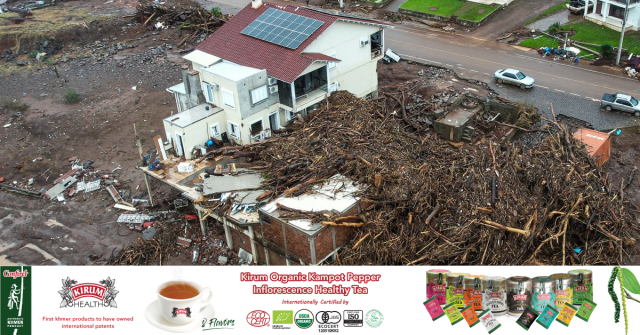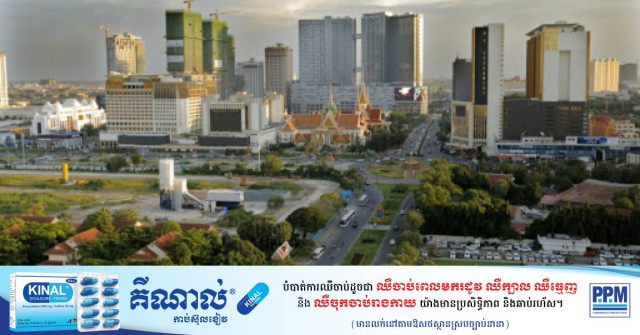Rising Temperatures Squeeze Northwest Farmers
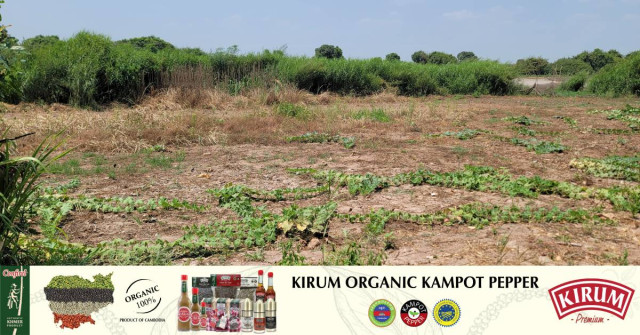
- By Isa Rohany
- April 29, 2024 5:30 PM
SIEM REAP – Year after year, the world is becoming hotter due to climate change, and Cambodia is no exception. The effects of the global rise in temperatures have cut down the quantity and quality of vegetables during this past dry season. In the northwest of the country, local farmers claim their yields have halved compared to last year.
While the soil around the Tonle Sap Lake is renowned for being fertile, the ongoing heatwave that Cambodia is facing – with temperatures reaching 38 to 42 degrees Celsius – is having consequences on the country’s agricultural capacities. Crops grow slower than normal, flowers dry up before bearing fruits, and vegetables tend to be smaller.
Heng Sreyla, a farmer from Peam Ta Uor village, Keo Poar commune, Puok district, Siem Reap province, is a seasonal farmer. During the dry season, she takes a break from fishing to plant vegetables on the sediment-rich soils left exposed by the receding waters of the Tonle Sap Lake. Sreyla plants chilies, eggplants, pumpkins, wax gourds, and watermelons.
But the farmer says she lacks water to make her crops grow as the canal that she usually uses to water her plants has dried out. She blames the hot weather, claiming that her yields have decreased by half on average compared to last year.
“I harvested around 100 kilograms of eggplants last year, but I got only 20 kilograms this year. The eggplant is sold for around 800 to 1,000 riel [about $0.2 to $0.25] per kilogram,” she complained.
In the Tonle Sap area, farmers usually start planting in January. All of their crops are purchased by brokers to be sold in the city of Siem Reap to feed the many tourists visiting the temples of Angkor, or in Thailand.
In April, the price of pumpkin ranges between 500 to 600 riel per kilogram, and 10,000 riel per kilogram for chilies.
Seum Mab, another farmer, is facing a similar situation, seeing his crops dying because of the lack of water.
“Last year, we harvested a lot in this season. But this year is different. It used to be around 10 metric tons of pumpkins daily, selling two to three trucks to the market. But this year, I mostly harvest 300 to 500 kilograms of pumpkin a day; sometimes one ton on good days,” the farmer said.
“But there will be no good harvests if there is no rain.”
To tackle this problem, Sreyla suggested that farmers start planting earlier in the season so that crops have more time to grow and can be harvested quickly, before the hot season starts.
In addition to low production because of the heat, Pry Nuon, a farmer planting cauliflower in the Southeast of Siem Reap’s Prasat Bakong district, is facing another issue. The wholesale price of cauliflower fell from 5,000 riel (about $1.25) per kilogram last year to only 3,000 riel (about $0.75) this year, reducing his already-tight margin.
At 40 years old and with many years of experience, the farmer usually harvests three times a year. While the first two harvests were good, the third one was disappointing: His ten small farms only gave him 500 kilograms of cauliflower.
Nuon blames the hot weather and the lack of rain, that led the irrigation canal to dry out.
He thought about building a well to water his crops but he doubted there would be enough underground water for his needs. So he decided to save on digging costs, as finances were turning red.
Duong Viriya, the business development officer at the Provincial Department of Commerce, said the current hot weather has downgraded the quality of vegetables and fruits. As most of the farmers choose field crops, the quality might not be as good as those planted in net-house farms or imported vegetables.
The heatwave is expected to continue for a few more days, with maximum temperatures reached between 11 a.m. and 3 p.m., said Chan Yutha, spokesperson of the Ministry of Water Resources and Meteorology.
Temperatures are projected to slightly fall in early May.












